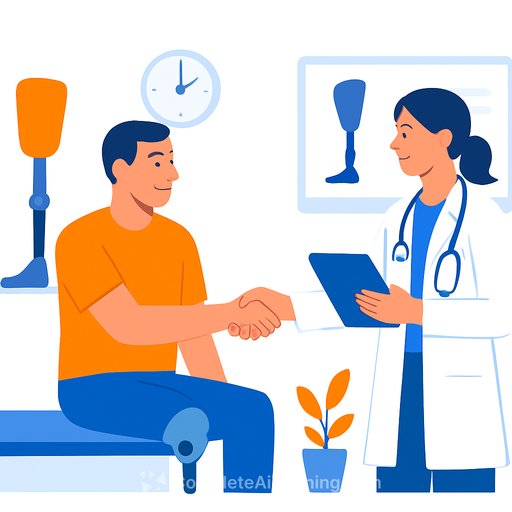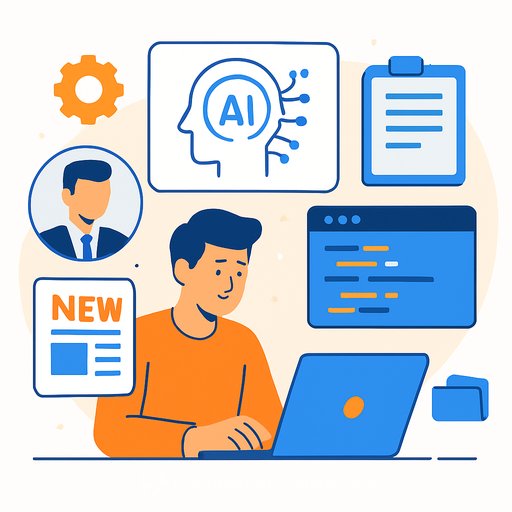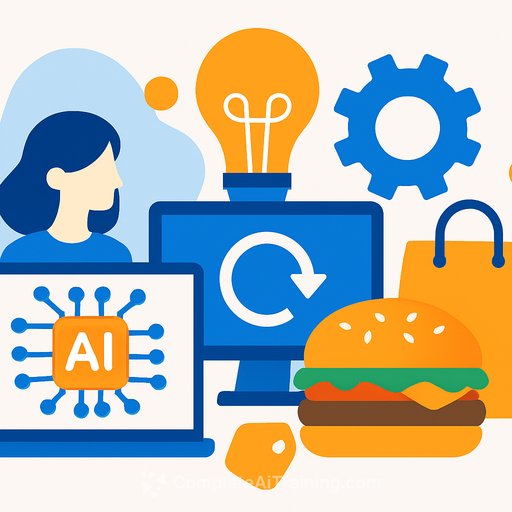Digital Prosthetics at VA: Product Development Lessons from the Front Lines
The Veterans Health Administration is improving the lives of disabled veterans with digital devices. In The American Legion's Tango Alpha Lima podcast, Dr. Beth Ripley (Deputy Chief Innovation Officer) and Alex Berardo-Cates (product development engineer) break down how digital prosthetics are moving from pilot to practice.
Traditional prosthetic care is labor-intensive, slow to iterate, and hard to scale across facilities. VA's digital approach uses 3D printing and standardized workflows to cut delivery times, improve fit and comfort, and boost productivity for clinicians and makers.
Why this matters for product development
This is a live case study in scaling mass customization. The team is building a repeatable, quality-controlled pipeline that keeps the human at the center while distributing production across a national system.
The digital workflow
- Intake and needs: Start with deep context. "The relationship between an amputee and a prosthetist is sacred," said Berardo-Cates. That trust drives better requirements.
- Capture and model: Use digital scans and CAD to translate needs into manufacturable designs with traceability.
- Print and iterate: 3D printers accelerate cycles so fit, comfort, and function improve before final delivery.
- Standardize and scale: Shared workflows and digital files let any facility produce consistent results.
What the VHA team shared
- Digital prosthetic efficiency: "There are opportunities for time and efficiency improvements," said Berardo-Cates. "Timeliness is important. The timing (of delivering the prosthetic) matters a lot."
- Comfort and fit: Ripley: "We're trying to create this standardized workflow that involved the veteran from the front end" to address comfort, fit, abandonment, and variability in care.
- Trust and adoption: "It takes years to develop" the clinician-patient relationship, Berardo-Cates noted. That context informs how the device will actually be used.
- Access at scale: Ripley: "We want any veteran to walk into any door at any VA anywhere and have access to this technology. And the digital technology lets us do that."
Operating model: from pilot to platform
VA's Office of Healthcare Innovation and Learning oversees product development and workflow across AI, drones, and digital manufacturing. The goal: a national pipeline that compresses time-to-delivery, maintains quality, and supports VA-certified prosthetists and orthotists with digital tools.
Ripley put it simply: "We focus on what are the toughest problems in the organization, how do we solve them and how do we get to 'yes.'"
Metrics that matter
- Time-to-delivery from scan to first fit
- Fit satisfaction and usage hours
- Adjustment cycles per device
- Abandonment rate reduction
- Clinician hours saved per case
- Percent of facilities producing to spec
Technical considerations for product teams
- Quality and materials: Validate printers, materials, and post-processing to clinical standards.
- Version control: Manage design revisions and audit trails across distributed sites.
- Human-centered design: Involve the veteran early to cut rework and abandonment.
- AI support: Use AI for assistive design checks, fit predictions, and workflow triage-with clear oversight and guardrails.
- Compliance and privacy: Standardize consent, PHI handling, and device documentation.
Access for veterans
To request a device, veterans can visit their local VA and describe the activity or function they need-driving, gaming, eating, makeup, pickleball, golf, and more. Entry through any VA "door" should trigger access to the digital pipeline.
Learn more about prosthetic services at VA Prosthetics & Sensory Aids Service and VA's 3D printing work at the VHA Innovation Ecosystem.
Action list for product developers
- Map the end-to-end workflow (intake to fit) and remove handoff friction.
- Create a shared digital library for components, fixtures, and test rigs.
- Instrument the process with the metrics above and publish benchmarks.
- Codify fit guidelines into checklists and digital design rules.
- Train clinicians and makers on scanning, modeling, and QA at point of care.
- Plan for local production with central oversight and lightweight governance.
Also in this episode
- The Pentagon is revamping MREs.
- Chuck Yeager's historic supersonic flight 78 years ago today.
- A Vietnam veteran who went back to school and recently graduated.
If you build AI-enabled features for physical products and want to sharpen your skills, explore curated learning by role at Complete AI Training.
Your membership also unlocks:






